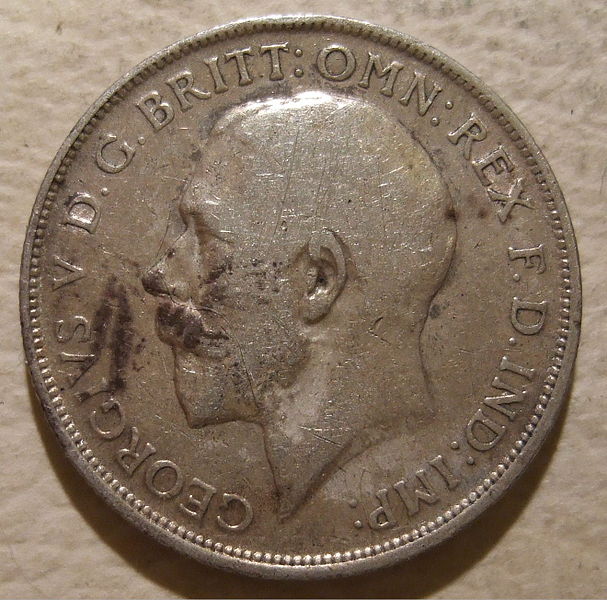Sometimes the questions a novelist asks leads to answers a novelist didn’t anticipate.
Today, I had the thought that a character should be flipping a coin into the air. So I headed to Google to determine with British coin my character should be flip in 1914. And ended up with an interesting lesson in coinage.
Being not British, I didn’t realize that there was a fairly huge change to the currency in 1968. These days, they use “decimalization” much like we Americans do, with 100 pence to the pound. But prior to that–so certainly in 1914–there were actually 240 pence to the pound. Twelve pence to a shilling, and 20 shilling to a pound.
I’m not sure how I’ve managed to write so many book with English or British characters and settings without looking this up before! Sheesh!
These are the current coins, of which I imagine I’ll collect a few while in England this fall to add to my foreign currency collection (by which I mean the bowl we’ve tossed Euros, Pesos, Canadian coins, and Bulgarian coins into).
These are not, of course, what my mysterious villain would have been tossing into the air in 1914. No, I think he’d be tossing up a George V florin, worth 2 shillings and nearly an inch in diameter.
 |
Interesting note for Americans who are as ignorant of all this as I was, LOL–each monarch had the coins redesigned with their profile upon ascension. So while Victorian coins would all have had the Queen upon them, all new coins during King George V’s reign, for instance, would have had him. A bit different from our Jefferson nickles and Washington quarters and Lincoln pennies that never change. =)
That concludes your very short lesson in historical British coinage. Now back to the man flipping a florin… 😉





 Roseanna M. White is a bestselling, Christy Award winning author who has long claimed that words are the air she breathes. When not writing fiction, she’s homeschooling her two kids, editing, designing book covers, and pretending her house will clean itself. Roseanna is the author of a slew of historical novels that span several continents and thousands of years. Spies and war and mayhem always seem to find their way into her books…to offset her real life, which is blessedly ordinary.
Roseanna M. White is a bestselling, Christy Award winning author who has long claimed that words are the air she breathes. When not writing fiction, she’s homeschooling her two kids, editing, designing book covers, and pretending her house will clean itself. Roseanna is the author of a slew of historical novels that span several continents and thousands of years. Spies and war and mayhem always seem to find their way into her books…to offset her real life, which is blessedly ordinary.
Funny: "These days, they use 'decimalization' much like we Americans do"
Now, if only Americans would use "decimalization" for measuring length, weight, volume… much like we Europeans do 😀
Wow, I didn't know about the coins. I do know that the size of some of the U.S. coins have changed over the years. Some seem smaller.